In addition to our weekly destination posts, we’re going to be bringing you tips, tricks, and skill-based content that will help you to be a more prepared outdoors person. Today, the focus of our post will be the concept of the “10 Essentials” kit and the philosophy behind what you may (or may not) want to include in your own. Next week, given that this is such a large topic, I’ll be digging into more detail on some of the contents of my own kit, and providing tips that you can apply to your own equipment.
The 10 Essentials refers to the list of items that are considered necessary for travel and recreation in an outdoor environment where one may not have immediate access to the amenities with which one is accustomed to. You may find that there are 10 items in your kit, or eight, or perhaps 14…this is a personalized portion of your outdoor gear and you’ll need to decide what is worth carrying and what you could do without.
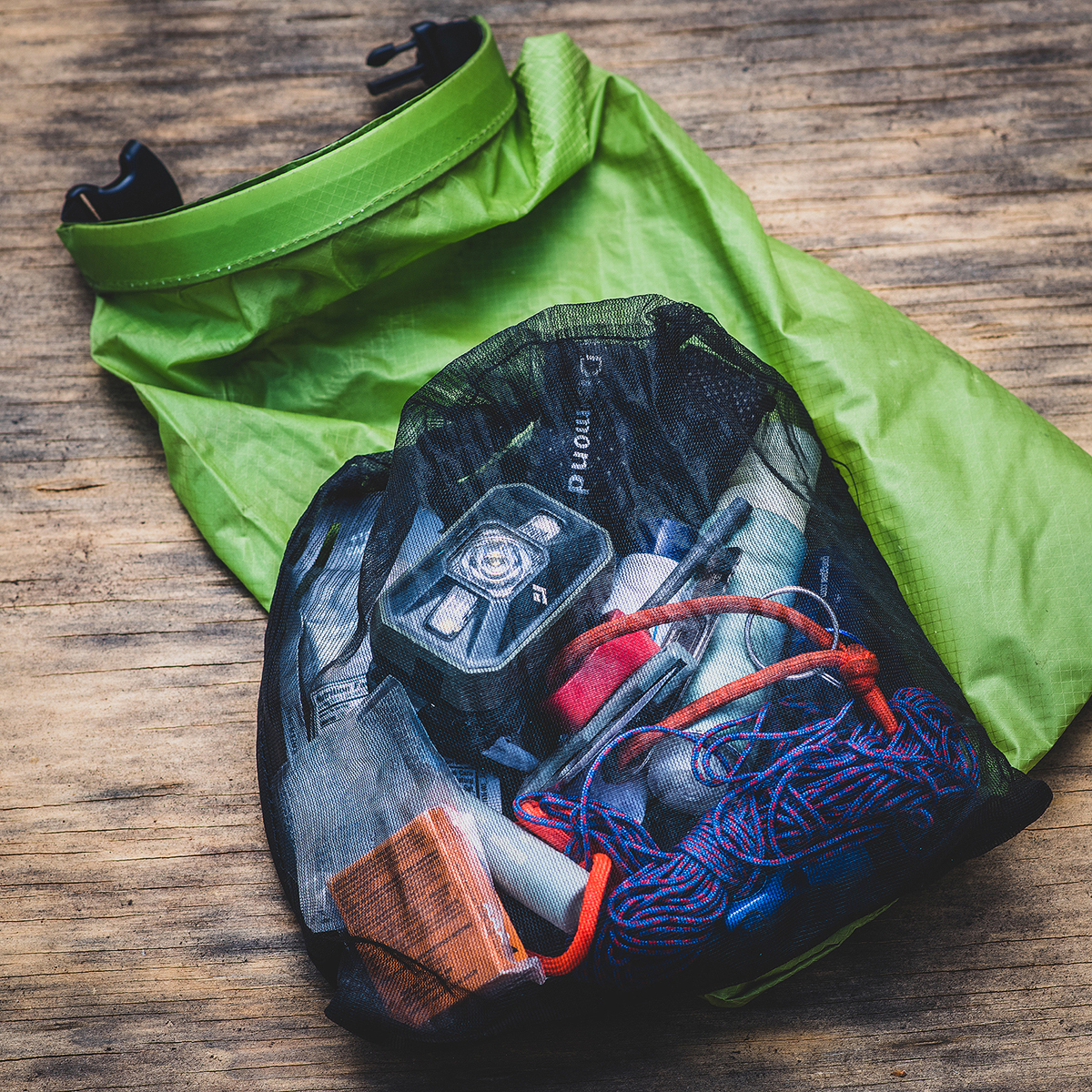
When evaluating your own essential items, consider what might go wrong on a given outing, and what items you may need to help mitigate these issues. Also, if there is something that you’ll nearly always use regardless of the discipline in which you are engaging, this could be a good candidate for your Essentials bag. The contents should cover the basics of survival, providing solutions for shelter, signaling, navigation, and water purification. The items that you select should be compact and lightweight, useful, preferably have multiple uses, and should be difficult to fabricate or improvise. A walking stick is exceedingly handy, but they’re large, heavy, and in most locations a dead-fall branch can be picked up with minimal impact and improvised on location. A flashlight would be exceedingly difficult to improvise out of natural materials that you might find on the trail.
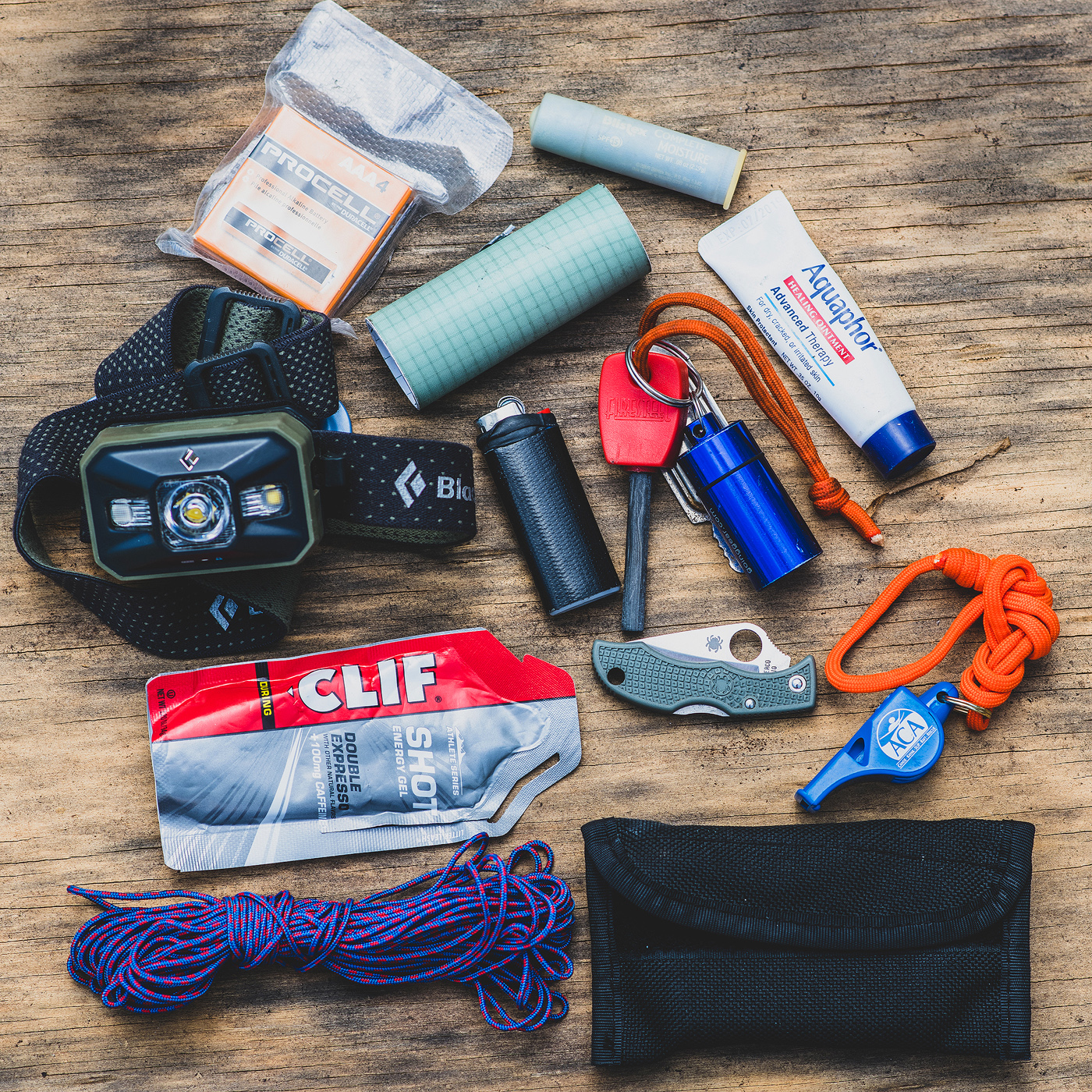
I want to point out here that first aid supplies in the form of a kit that is manageable and appropriate for your own level of training is essential and should always be carried. Some folks like to incorporate their first aid supplies into their 10 Essentials bag, which may work well for you. Given that I carry my Essentials kit on both personal and professional outings, and that the size of my first aid kit varies greatly depending on whether I’ll be out for an afternoon with a friend or multiple days with a groups of 16 student, I don’t combine them and have separate FAKs (first aid kits) that are specific to my usage needs.
The first item in my kit is my headlamp. This provides useful, hands-free light, and can also serve as a signaling device should I need it. I keep it at the top of my bag, as I use it nearly anytime that I am out and about after dark. I highly recommend carrying extra batteries for your headlamp; here I have a replacement pack that I’ve vacuum sealed in a consumer-grade food sealer.
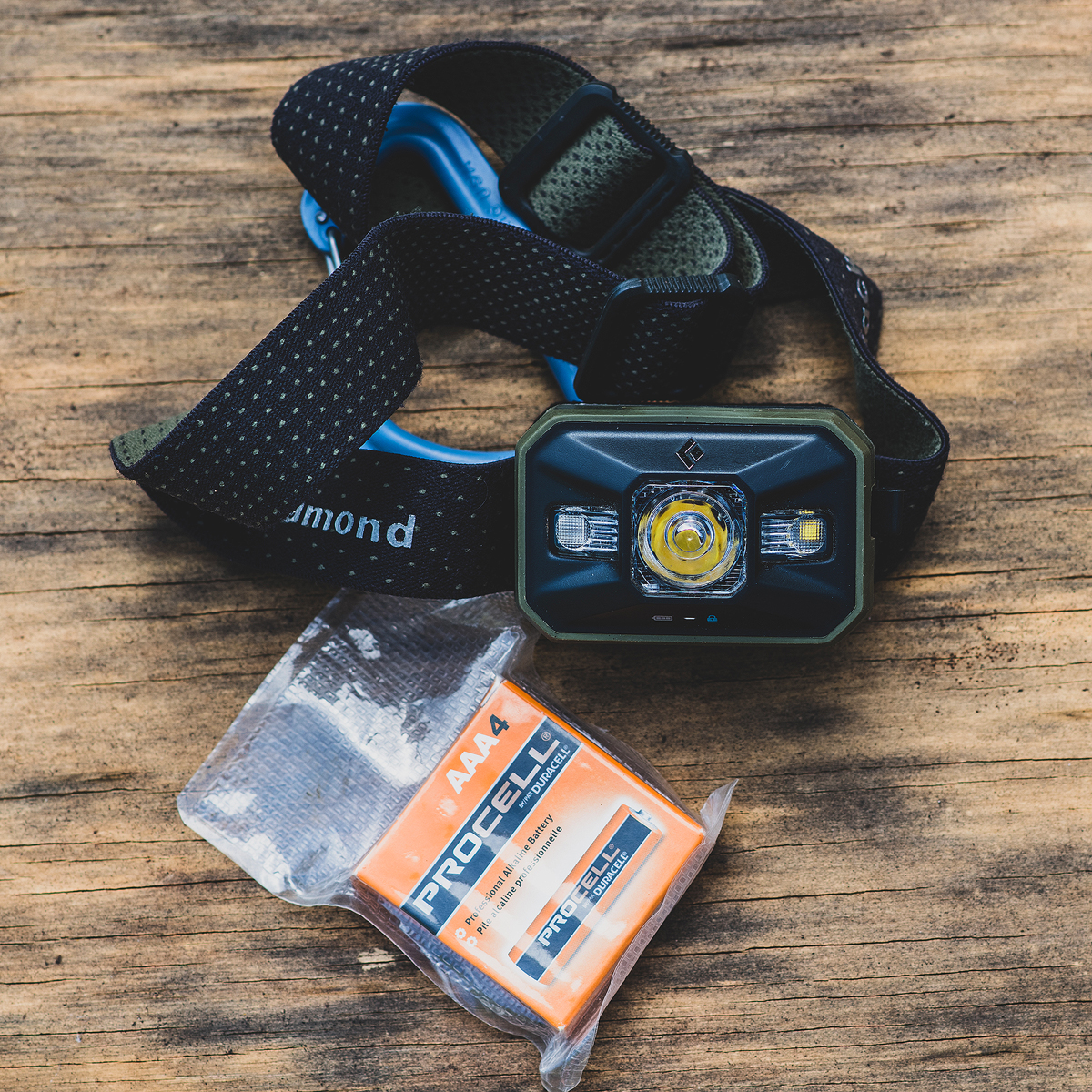
I carry a very small folding knife as well. This is not the primary carry knife that I have with me, but in the event that I don’t have my normal EDC or have lost it, this tiny blade can easily cut rope/line, open packaging, function as a stand-in scalpel, etc…I would not venture anywhere without the capability of cutting (be that a knife or shears), and a knife is generally more useful over a wider range of tasks.
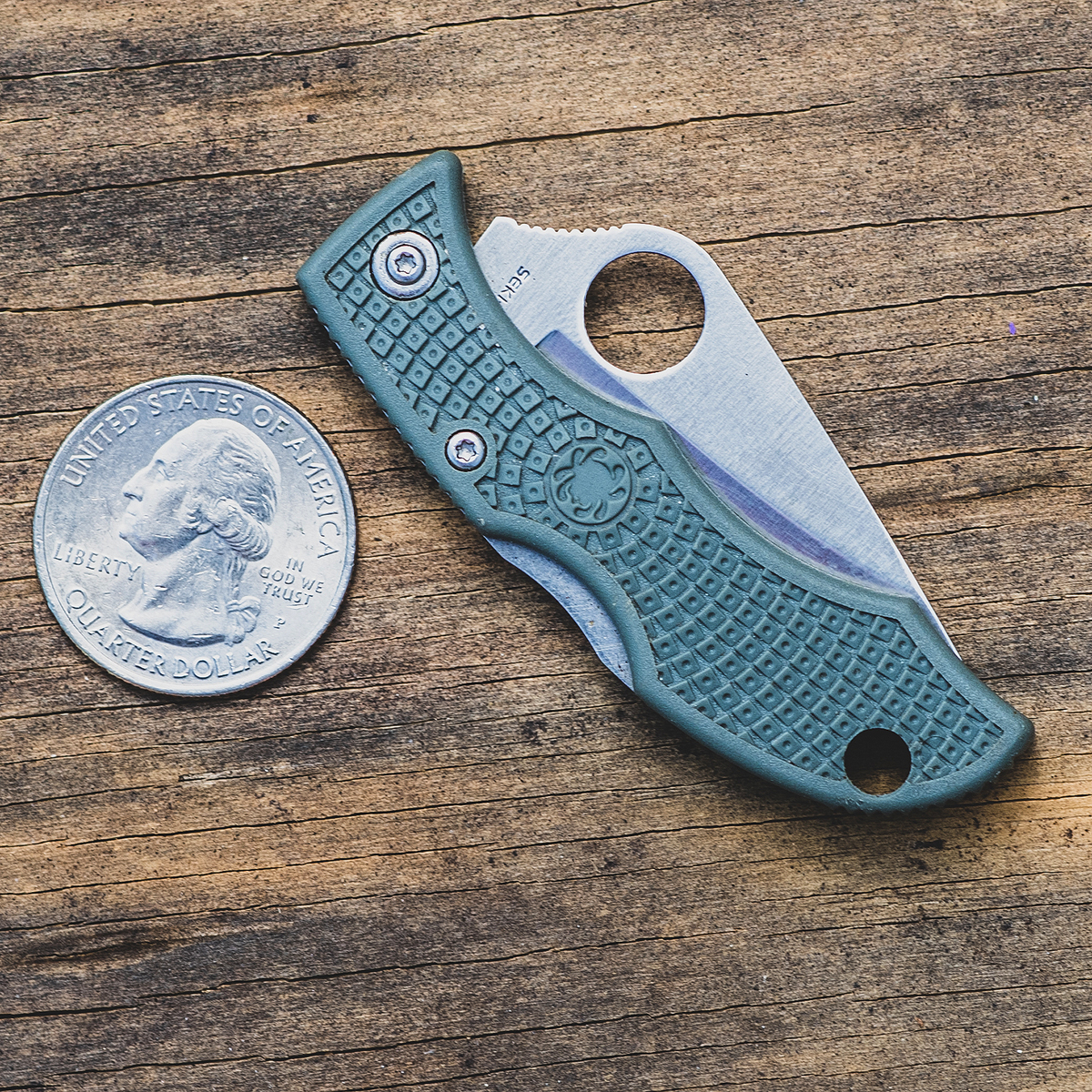
Next, I’ve got lip balm. Either the stick version (which is very handy in order to avoid touching one’s mouth with dirty fingers), or a tube (which holds up better in very hot environments). I’ve included examples of both here. These are excellent for chapped cuticles as well as lips, and I would never want to be out in the field for more than day without some.
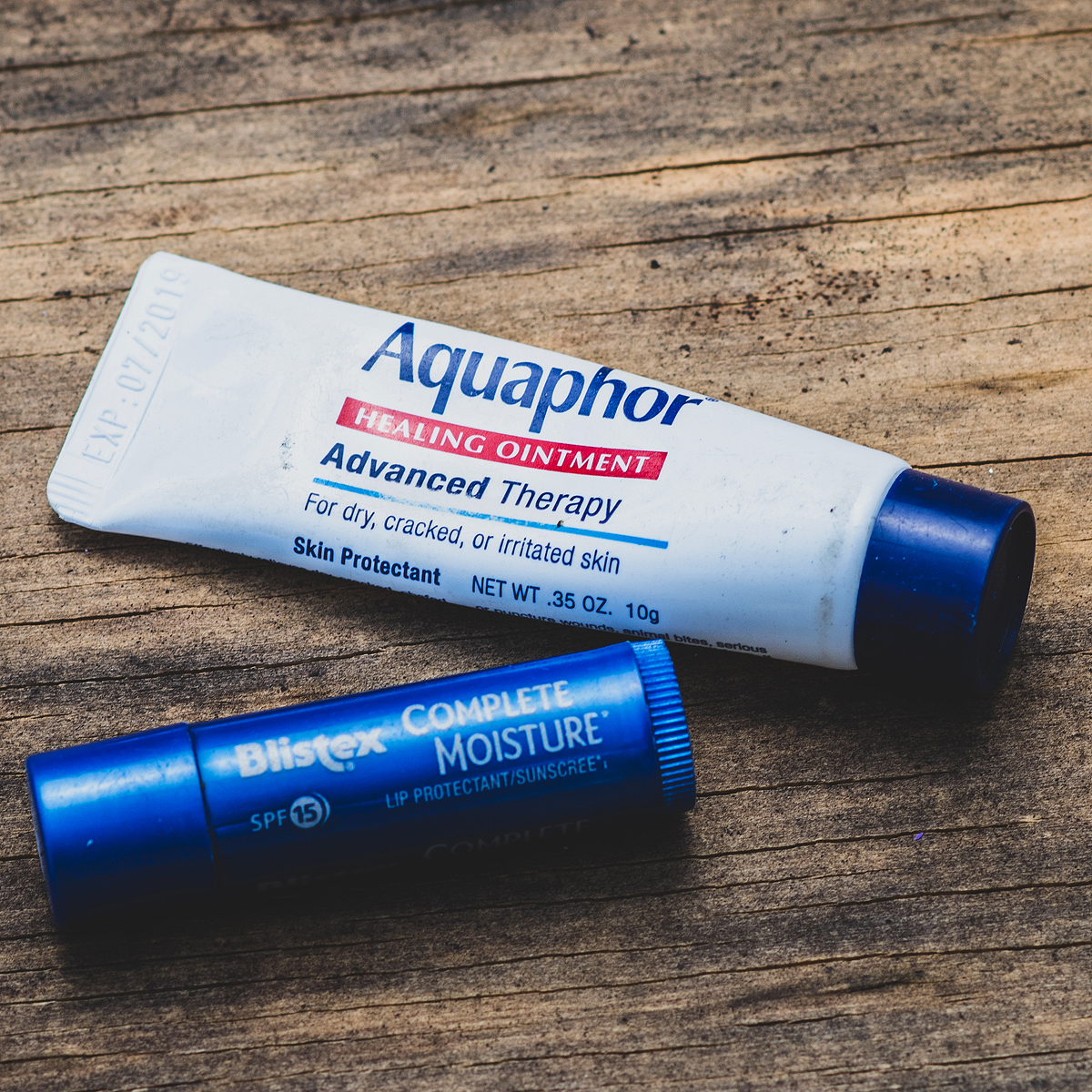
Along with balm, I always carry sunscreen. DO NOT allow yourself to be sunburned – this is an easy injury to prevent, and getting badly burned can absolutely ruin a trip.
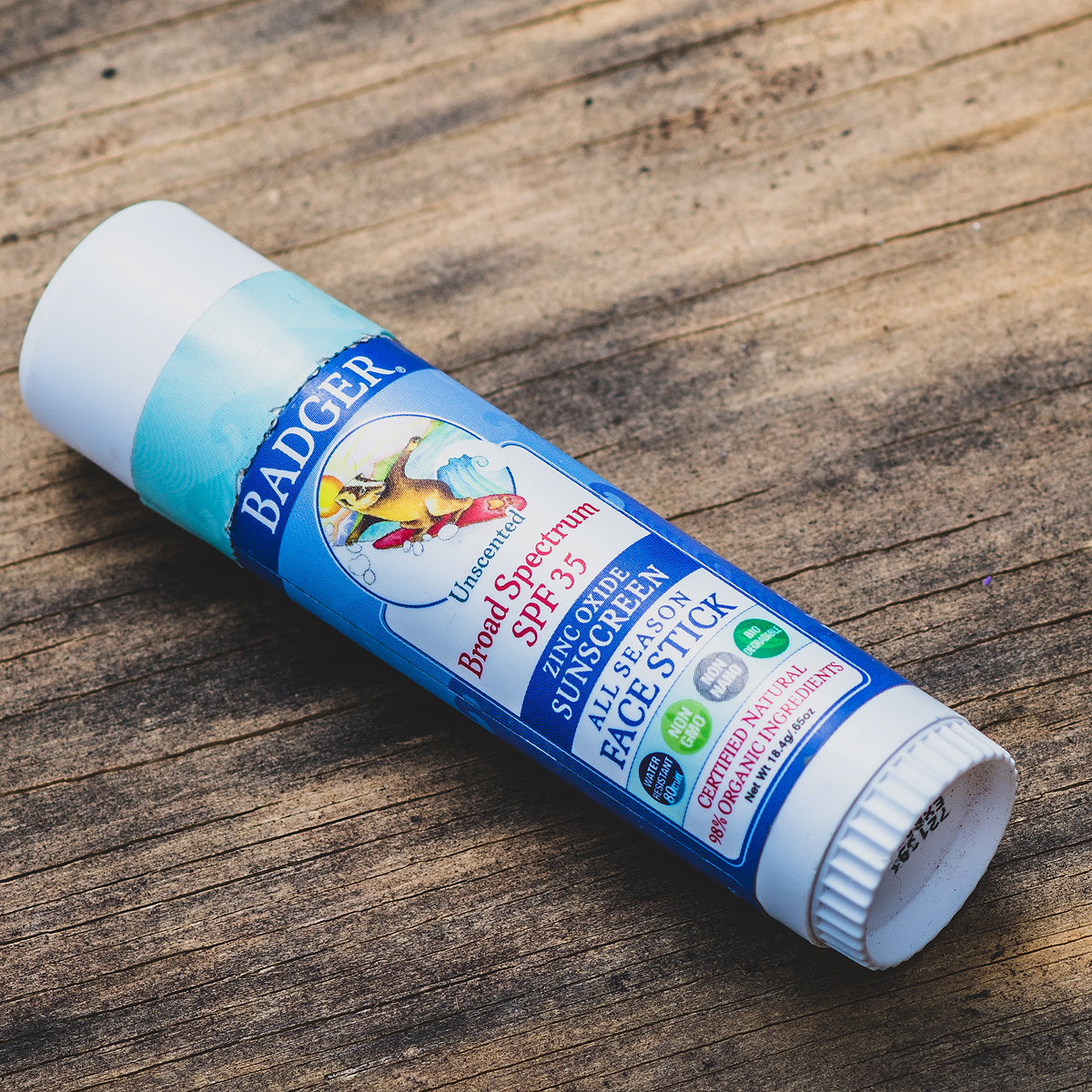
Tape – duct tape is fine, but I really like this repair tape from Gear Aid. It’s very lightweight, strong, thin, and works well on most of the synthetic fabrics that comprise modern outdoor clothing, tents, shoes, bags, etc… You have things, and you may need to fix these things. A little tape is a nice insurance policy, especially when it comes to keeping rain out of a torn jacket or mosquitoes out of a ripped tent.
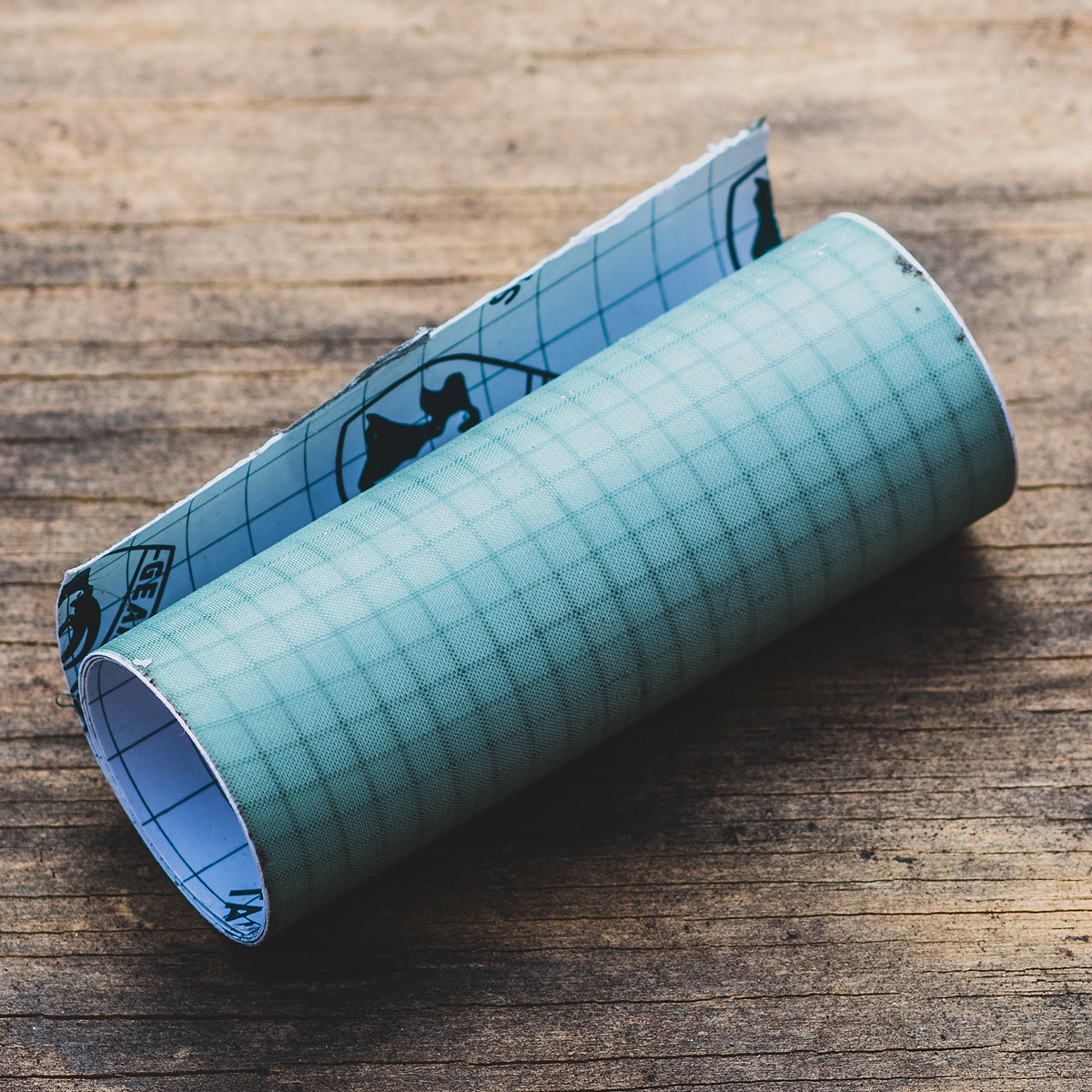
The small nylon pouch in my bag holds a compass and a signal mirror. I also keep a whistle. Navigation is an essential skill, and having a lightweight compass increases one’s efficacy at it. In the event of a serious event, a signal mirror is a great daytime visual (and you can check your hair after a week in the woods on a backpacking trip..actually, don’t do that). A good whistles will allow you to create a powerful auditory signal that will carry further than a voice and also provide a piercing blast long after one’s vocal chords have grown tired.
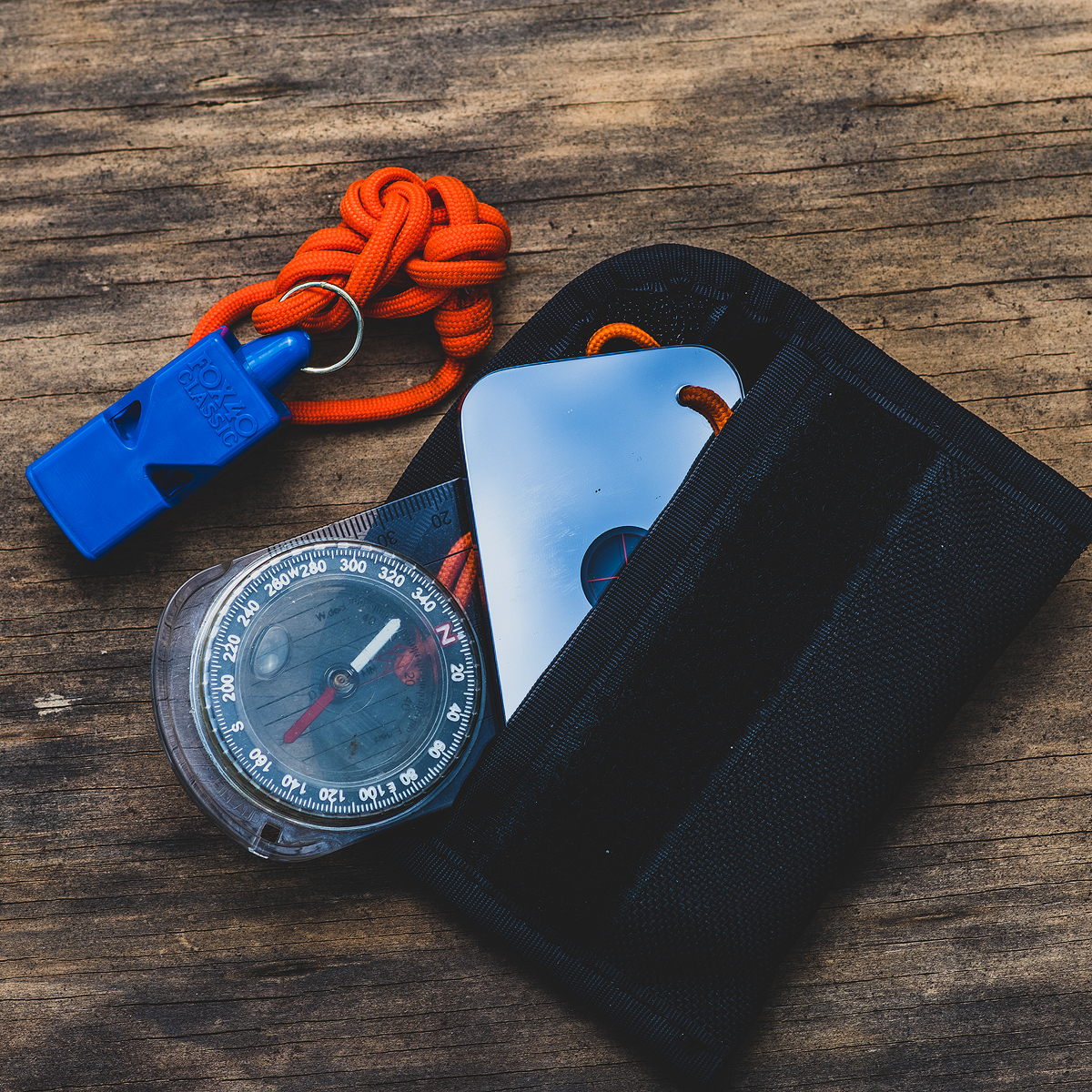
Fire is neither last nor least – a way to start a fire is something that should absolutely be in any Essentials kit bag. Fire is a powerful tool to be used for emergency purposes, such as warming when one finds them self unexpectedly cold and wet, purifying water, sanitizing metal objects, or signaling. It’s also a tool that must be used responsibly, but I won’t go off on a tangent here. I carry two forms of fire starting devices; a butane lighter and a ferrocerium rod with striker. The former is fast and easy, the latter is less prone to failure.
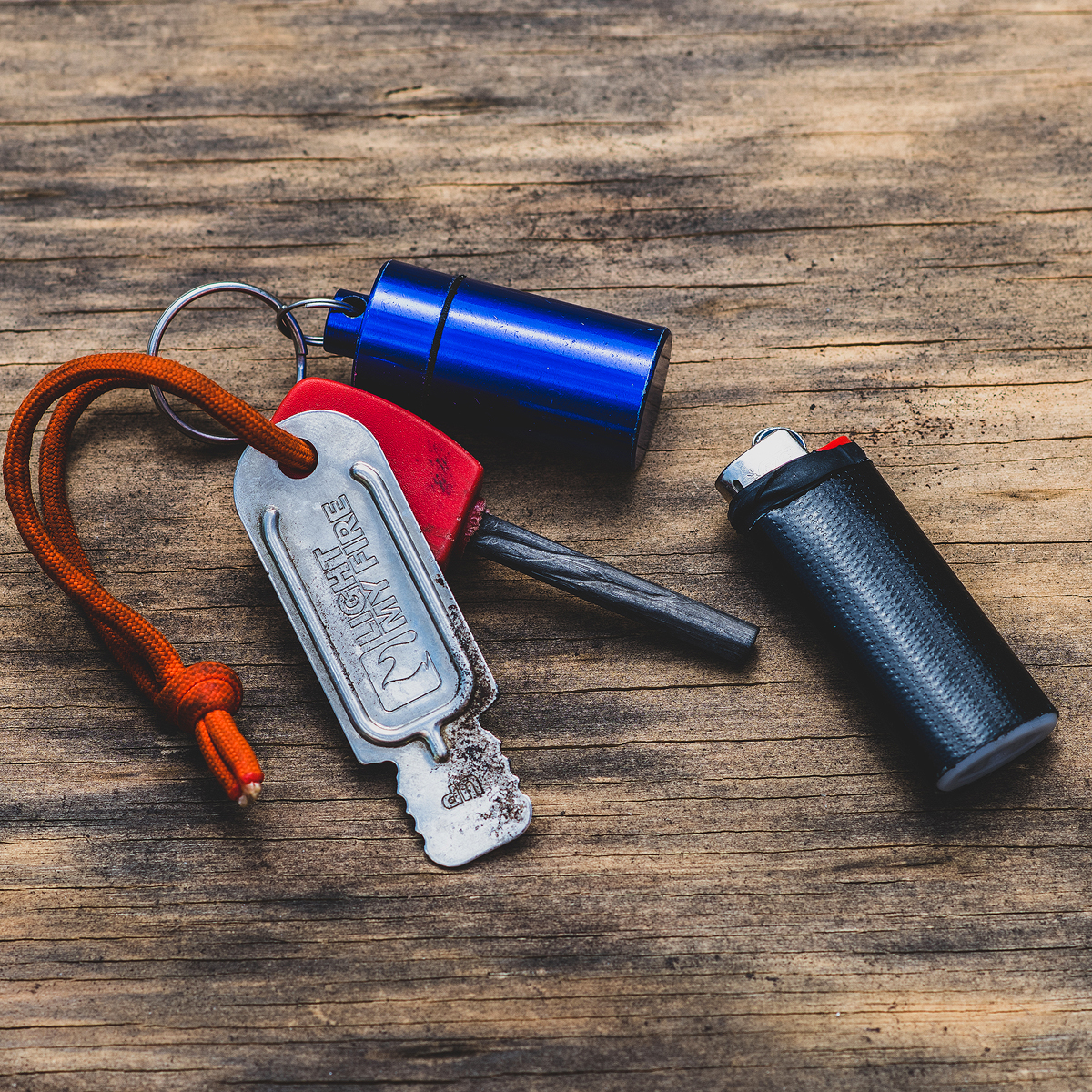
Cordage is something that has a million uses and isn’t necessarily easy or quick to produce with improvised materials (at least not a strong cord), so I carry some 2mm accessory line.
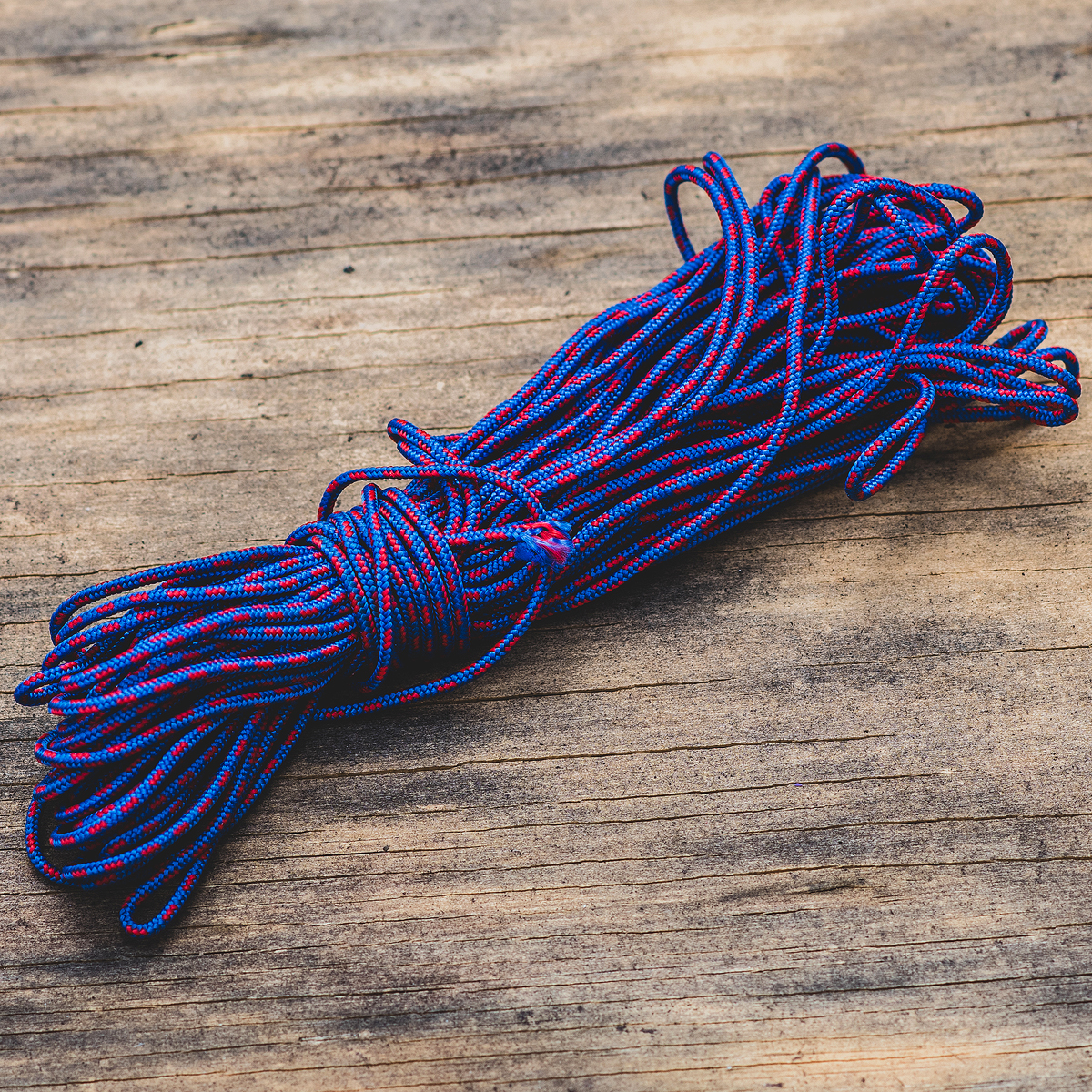
The last thing that you may have noticed in my own kit is a caffeinated gel pack. While perhaps not essential, I have found many an occasion where one of these was greatly appreciated, either by myself or my compatriots, and as such I usually carry on just in case.
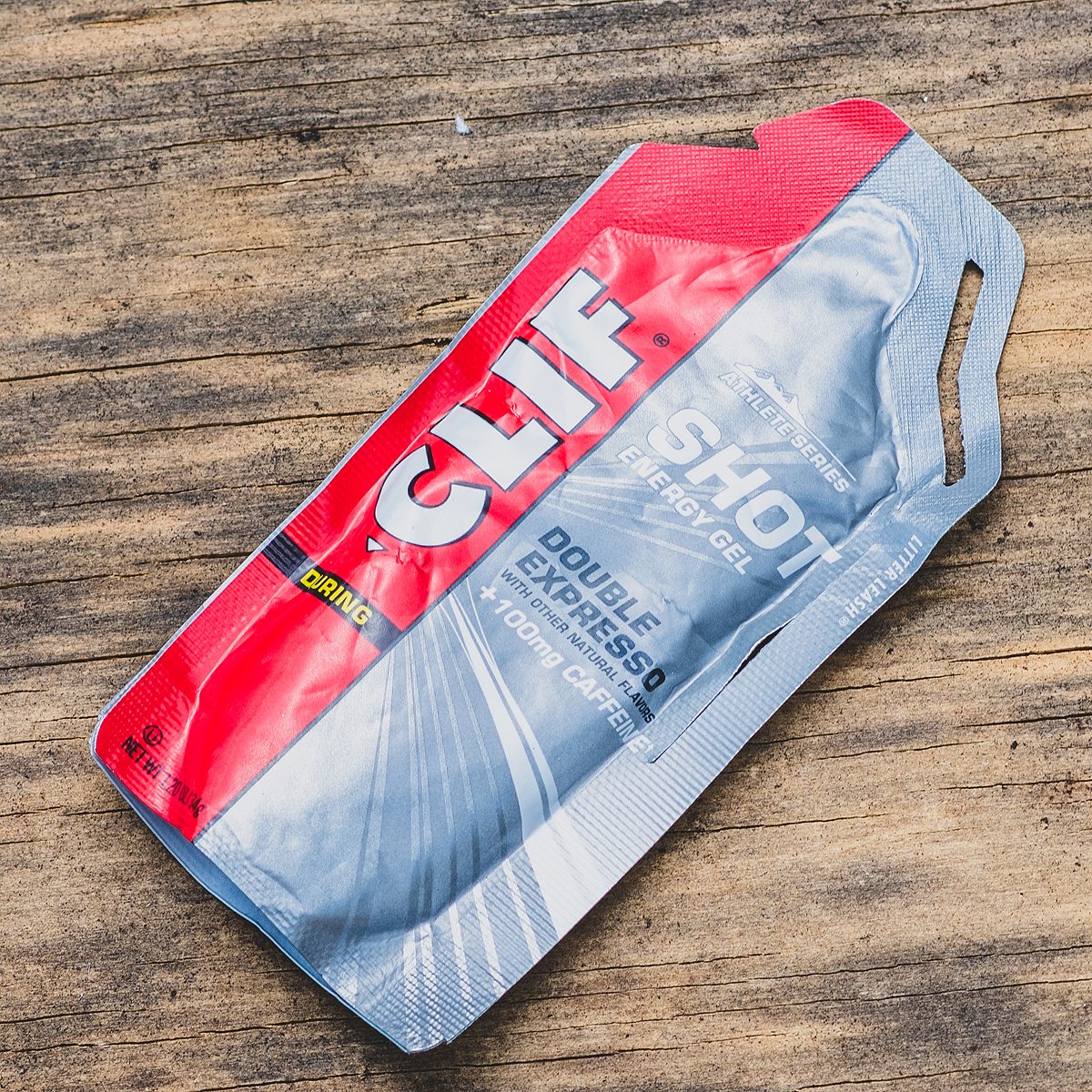
There is, of course, a limit to how much you will reasonably carry with you. If the kit is too large, one will be less likely to have it with them, and thus this defeats the purpose. No one can decide how much is too bulky or too heavy aside from yourself for your own kit, though. There are items that some of my staff carry that I don’t, and vice versa. Some folks like to add water purification tablets to their kit, and some a bit of paper and a small pencil. While you are putting your bag together, balance the construction so that it provides what you need but doesn’t become prohibitive to carry.
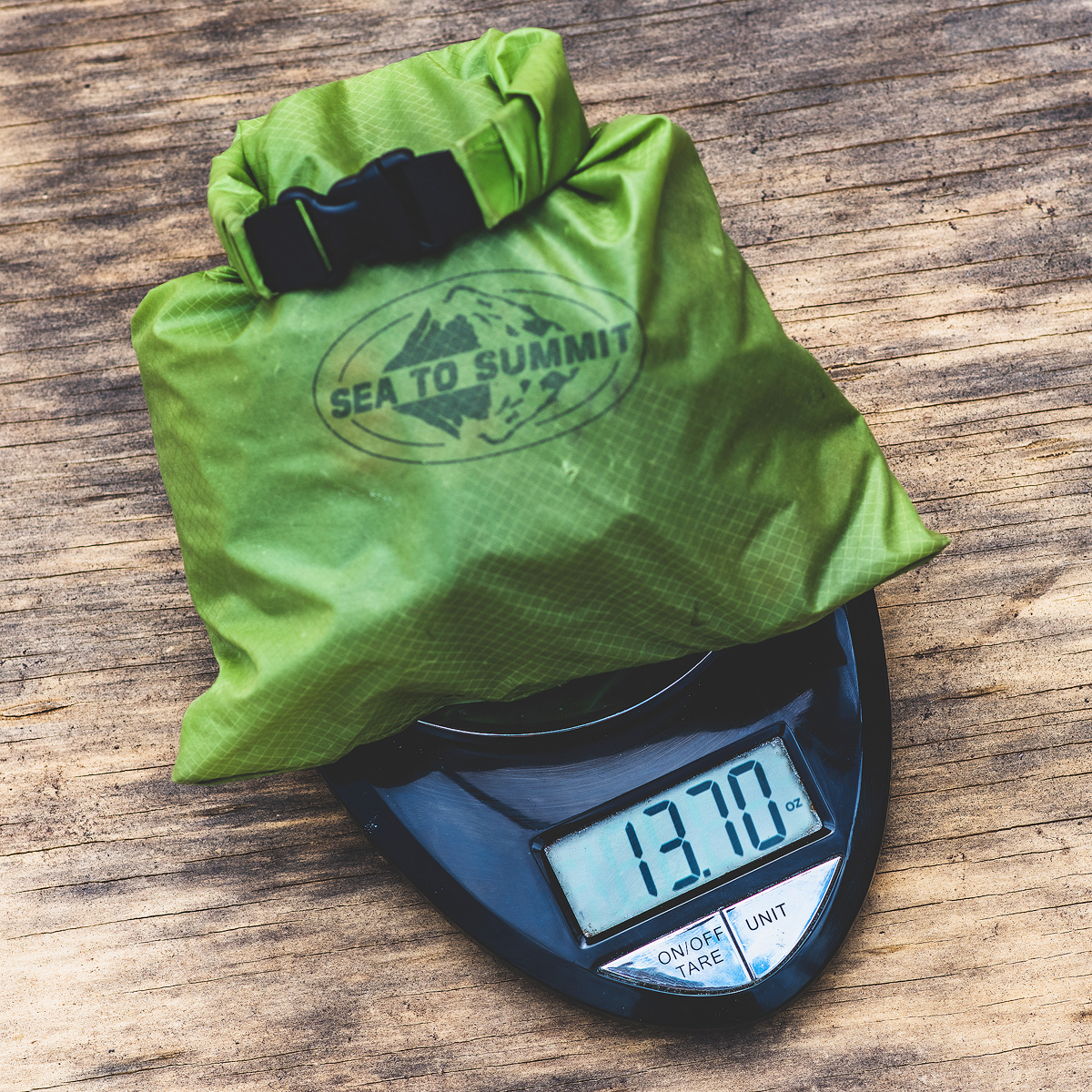
Tune in next week, as I’ll be going over some of the items in my kit in more detail, including why I chose them and how I maximize their usefulness.
